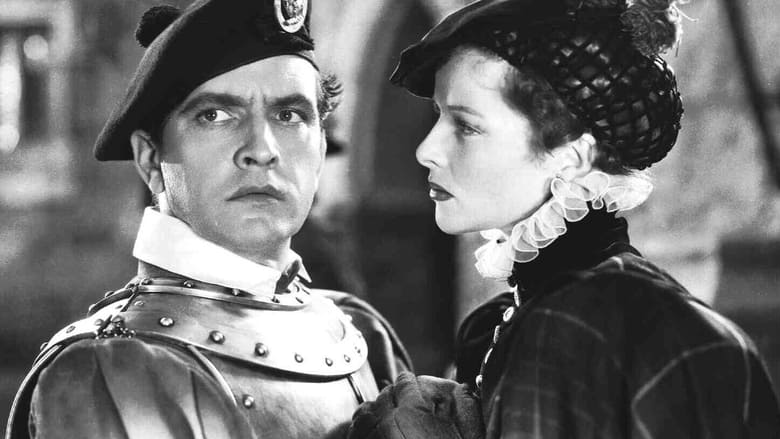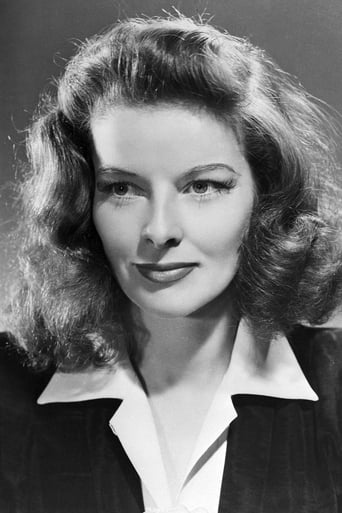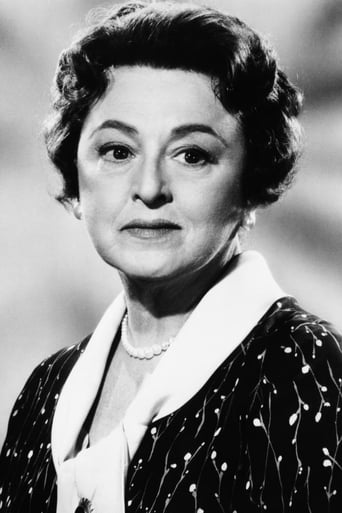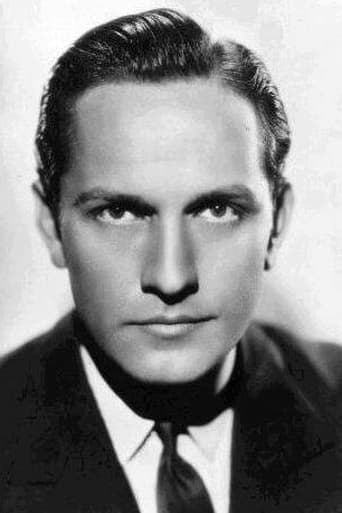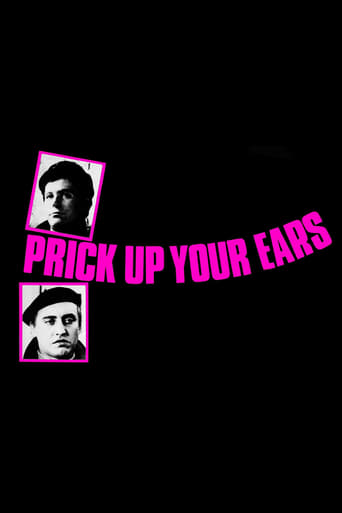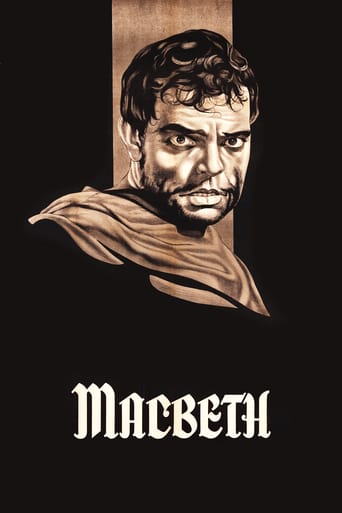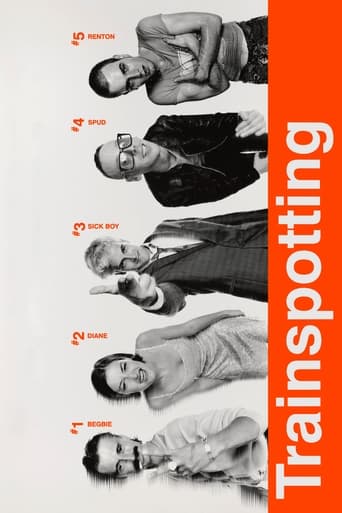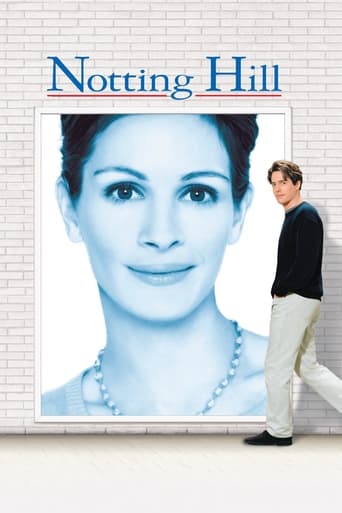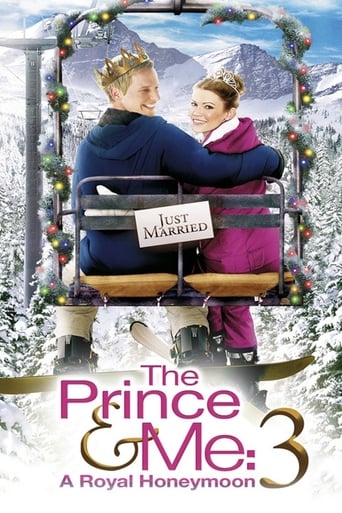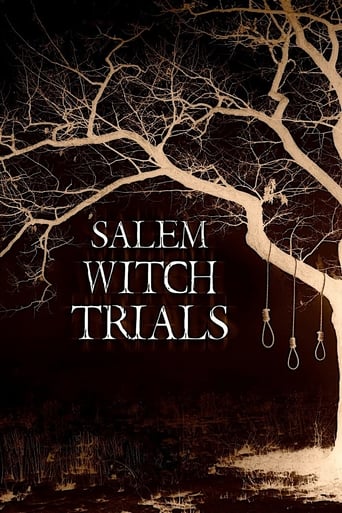Mary of Scotland (1936)

The recently widowed Mary Stuart returns to Scotland to reclaim her throne but is opposed by her half-brother and her own Scottish lords.
Watch Trailer
Cast


Similar titles
Reviews
"Mary of Scotland" is a historical bio-pic of the ill-fated Mary Stuart, commonly referred to as 'Mary Queen of Scots', who reigned over Scotland from 1542 to 1567 before her arrest and eventual execution for treason against Elizabeth I, Queen of England. The movie shows Mary and her 3rd husband, the Earl of Bothwell (Frederic March) in a sympathetic light, portraying them as star-crossed lovers caught up in the times. The movie implies that Mary was set up and betrayed by a paranoid Elizabeth and condemned based on trumped up charges supported by false evidence. The story is much more complex and the central characters likely not as innocent and noble as the movie suggests (Bothwell is suspected in being complicit in the murder of Mary's 2nd husband and Mary's role in the Babington Plot suggests that she was involved in a plan to assassinate Elizabeth). As far as historical films go, the movie is not particularly extravagant – most of the castles shown are obviously just paintings and much of the action is limited to courtyards and rooms. The director, John Ford is clearly more comfortable shooting westerns in the open expanses of Monument Valley than making historical romances in the confines of a set – many of the shots look very 'stagy' and there is an excess of 'shadow shots', sometimes effective but usually just distracting. Hepburn does not make a very convincing Mary and the dramatic shots of her chin quivering with bottled up emotion get old pretty fast. IMO, "Mary of Scotland" is neither nuanced enough to be 'educational' nor exciting enough to be 'entertaining'.
A couple of points just to start out with. First is that this movie (in my opinion anyway) hasn't held up as well as some others of the era. Some movies from the mid-30's still work, but "Mary of Scotland" came across to me as quite dated. It just looked old to me for whatever reason. The second point I'd make in starting out is that although I guess it would have to be classified as a story based on history, it's actually a movie based on a play by Maxwell Anderson. It plays rather fast and loose with history, and the musical scenes - perhaps necessary for a stageplay - seemed unnecessary and frankly kind of silly in a movie of this type. I would also add that the story is ridiculously romanticized, which is fairly typical of even modern movies that deal with the Tudors (and, although it's sometimes forgotten, Mary was a Tudor - the great niece of Elizabeth's father Henry VIII.) In a way, it's her Tudor background that really sets the stage for what the movie succeeded in doing.The heart of the movie, to me, was the contrast between Mary and England's Queen Elizabeth I - Henry's daughter. Mary - played by Katherine Hepburn - came across as passionate and desperately yearning for love, while Elizabeth - played by Florence Eldridge - came across as cold and calculating. Both were immersed in the politics of their respective kingdoms, but Mary came across as something of an unwilling participant, while Elizabeth seemed to relish the political world. Hepburn - as the title implies - was much more central to the movie than Eldridge, and her performance was certainly passable - although I would suggest that Mary was much tougher than Hepburn played her, and was quite capable of holding her own in the rough and tumble world of the 16th century Scottish court.That was the primary background to the movie: the Scottish court and the political and religious battles that were being fought. Mary was Catholic, but Scotland had embraced the reformed religion (ie, Calvinist Protestantism) and while Mary was open to toleration, Protestants never really accepted her or believed her promises. Mary's troubled relationship with her Council was believable. The Council is portrayed as wanting Mary to be essentially what we would call today a constitutional monarch - one who reigned but didn't really rule, except with the consent of her advisors. This would have been quite a normal expectation for the Scottish Council, since for almost 150 years Scotland had been in and out of regency, as a succession of children and teenagers had come to the throne, and so the lords of Scotland were quite accustomed to having their way. The relationship between Mary and the Earl of Bothwell was perhaps the most hopelessly over- romanticized part of the film. Their relationship in real life was at best tempestuous, and it's generally believed that he forced her into marriage by raping her. The movie doesn't make that suggestion. The movie leads up to Mary's execution under orders from Elizabeth, after she had been imprisoned in England for 19 years. Elizabeth's decision to execute Mary is (and was) a controversial one, but in the context of the times, Mary - as a descendant of the Tudors - was a potential rival for the English throne, especially because English Catholics regarded Elizabeth as an illegitimate daughter of Henry VIII, and therefore as an illegitimate Queen."Mary of Scotland" was a box office flop for RKO in 1935, and while it features some good performances it hasn't really held up all that well for today's audiences either. (4/10)
Seems John Ford was really more of an outdoorsman, this movie is ghastly. It looks like a von Sternberg movie for Marlene Dietrich with its claustrophobic sets but without von Sternberg's ability to compose beautiful shots or create a layered mis-en-scene. Even worse the sounds is ghastly, every speech echoes off the walls, the worst sound in a movie that I can recall except maybe "Rebecca" which also suffers from terrible sound. This may be a mercy as most of the actors come in and out of a Scottish brogue that would offend even Groundskeeper Willy.Poor Katherine Hepburn seems to have no idea what she is doing, or who she is playing. Ford must have been more comfortable directing men or perhaps he didn't give a damn. At least she doesn't try a Scotch accent, which is historically correct as Mary was raised in France, and if I recall correctly did not speak English when she arrived in Scotland, the country she left at age 5.Even funnier is the portrayal of Elizabeth I who remarks seriously "Ya know what it's like to be born illegitamate? Ta have royal blood in ya veins?" of course Elizabeth I was not illegitimate except in the eyes of Catholics. Supposedly Ginger Rogers wanted to play Elizabeth and it's hard to imagine she would have been any worse. If RKO denied her the part it must have been for non-artistic reasons. Ah well, there is a reason Hepburn (and Dietrich) were labeled box-office poison around that time. Both came back though Hepburn with "The Philadelphia Story" and Dietrich with "Destry Rides Again."
Brooks Atkinson was a first rate drama critic for the New York Times. He had blind spots. He over enthused on the career of Maxwell Anderson. Anderson wrote some good plays such as "Winterset", but Anderson was enthusiastic of Anderson's pompous attempts to do dramas in blank verse: "Mary Of Scotland", "Elizabeth The Queen", and "Anne Of The Thousand Days". The problem with these plays is, even if they get the history right they are too stiff. Compare the conclusion of "Elizabeth The Queen" to "A Man For All Seasons". Yes, the loneliness of the elderly Elizabeth is shown as Essex goes to his doom - but in reality Elizabeth knew there were other young men to replace her dangerous, ambitious lover. In "All Seasons" the tragedy of a rotten system crushing the life of a decent, thoughtful man like Thomas More is far more powerful as it's stark tragedy is silently brought to us.That said, the first of the three Tudor tragedies to be filmed was "Mary Of Scotland". It is above average because it is starring Katherine Hepburn (a distant relative of Mary's third husband the Earl of Bothwell) and Frederic March, and directed wholly or partially by John Ford. It suffers from being black and white, except for one moment of sheer unexpected terror: when Mary sees the Scots nobles who oppose her they are photographed in such light and darkness to look like ogres in a nightmare.The film follows the reign of Mary from 1560 to her execution in 1587. Most Americans do not understand the great difficulties that Mary (and Elizabeth) both faced in their parallel reigns. While England and Scotland allowed for female monarchs, women were not considered good material for rulers. They were considered governed by their emotions more than by their brains. Those women who ruled well were usually married to capable partners (Isabella of Castille and Ferdinand of Aragon of Spain). More frequently they were dismissed as misfits, like Isabella and Ferdinand's daughter Juana the Mad).Mary had other problems. From 1400 to 1560 the nobles of Scotland got a great boon. Scotland had a series of minors who grew up to be king, married, and then died before they could cement their monarchic views on the government. The nobles cemented their local powers at the expense of a weak central authority. Mary had been Queen of France, married to Francis II who ruled for a two year period (1559 - 1560). As Mary was the niece of the Duc De Guise, the king's power-hungry mother Catherine De Medici hated her. When Francis died suddenly, Catherine encouraged Mary to return to rule her own country. Surprised Mary did so, not realizing that she was unprepared to start ruling. She was a Catholic, and she really needed some time to understand the need to compromise and take advice from Protestants. She never did understand this.Her foes hated her and were fully supported by Elizabeth, who never could see that an attempt to join forces with her cousin might pay back great dividends. But then Mary was ambitious - she wanted to be Queen of England as well as Scotland. Her Catholic supporters felt she was legitimate Queen of England (as Henry VIII had briefly disowned Elizabeth as a bastard when he executed her mother Anne). So the peaceful resolution of their differences was almost impossible.Elizabeth had only to watch from the sidelines, with only an occasional move on her own part, to see Mary wreck her own position. She encouraged a marriage between another cousin/potential heir Lord Henry Darnley to Mary (Mary almost chose Elizabeth's lover Robert Dudley!). The marriage was a disaster, as Darnley was an ambitious fool and vicious scoundrel. But it cemented a Scottish succession to the British throne from two Tudor heirs instead of one.Hepburn portrays Mary as a brave woman desperately seeking a way out of the difficult situation she has inherited, especially tied to Darnley by marriage and facing the ghouls who are John Knox (Moroni Olsen) and the Scottish nobles - led by her jealous half brother the Earl of Moray (Ian Keith). Her only allies are the independent Earl of Bothwell (March) and her secretary Rizzio (John Carridine). The murder of the latter (implicating Darnley) is the first step to her loss of the throne, and to the death of her husband. We know today that Kirk'a'Field house was blown up by Bothwell, but to this day we don't know if Mary was implicated. It remains one of the big mysteries of the 16th Century.Historically Bothwell was no prince, but ambitious in his own right - he killed Darnley in order to marry Mary, and guide her to rule both Scotland and England. But March plays him as a man deeply in love with his Queen, and this enhances the story's tragedy - especially as Bothwell died in exile insane. The reason for this was his ship was captured by a Danish warship. Bothwell was guilty of a rape in Denmark, and was imprisoned. His punishment (which led to his madness) was to stand chained to a stone pillar that was half his height.The last ten minutes glosses over the road that led Mary to the block in England - her support of a plot by one Anthony Babbington to kill Elizabeth and let Mary take the throne. Elizabeth's spy-master Sir Francis Walsingham sprung this trap - though Elizabeth did not reject the result. Elizabeth allowed a functionary to be blamed for falsely getting her to sign the death warrant - but all she did was briefly imprison the man. Unlike her movie representative (Florence Eldritch) she never met Mary.A good film - but it is too gentle on Mary's failings, and not deep enough to explain what is going on in the background.


